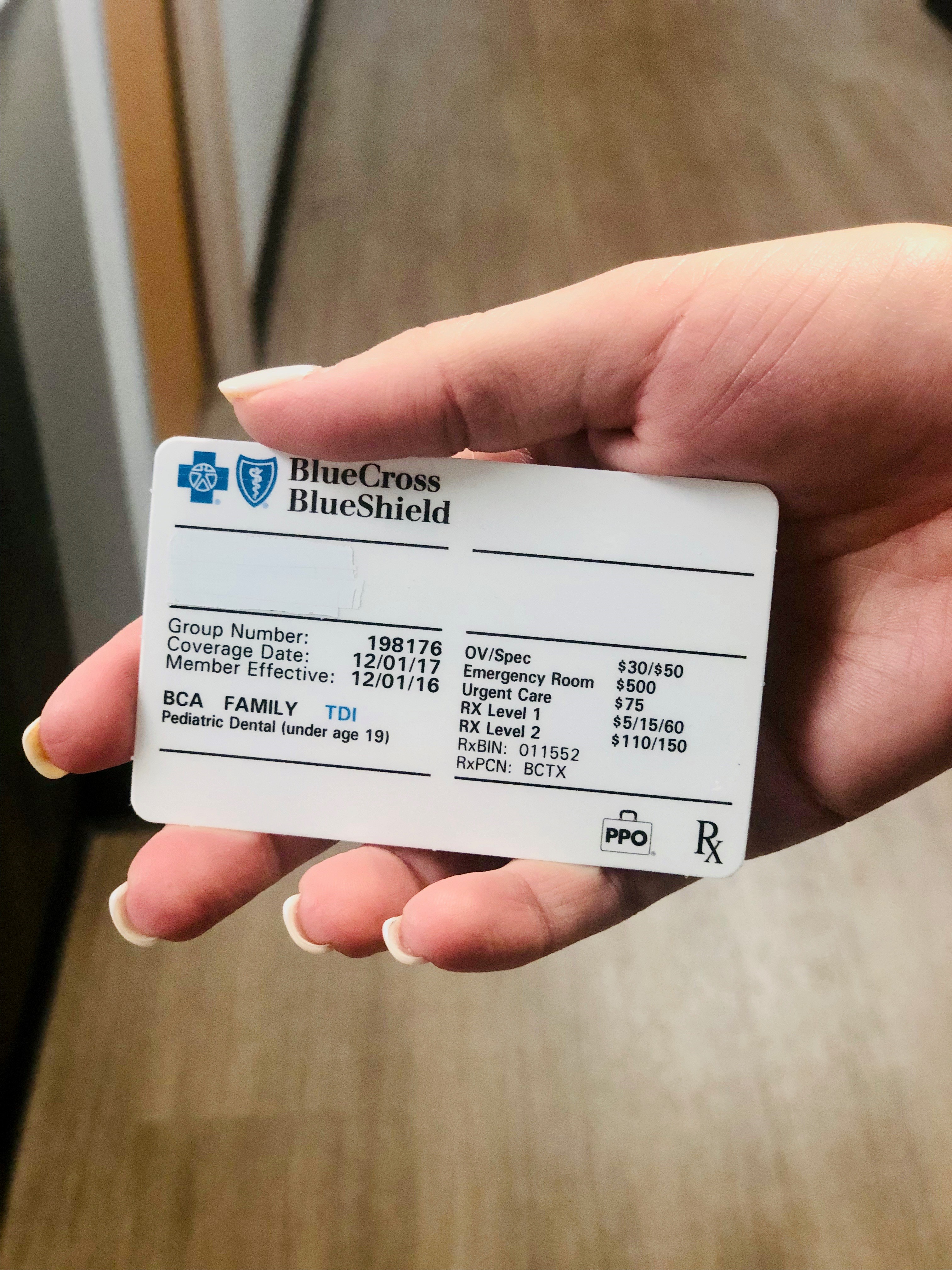Open enrollment is right around the corner and it may be time you choose a new insurance plan. Before simply choosing a plan because the premiums appear lower or staying with last year’s plan because it’s, well, last year’s and there’s not much to think about, Don’t.
Make sure you look through the details and plan ahead. Do you go to the doctor a lot? Are you planning a major surgery? These factors, besides low premiums should play a part in the insurance plan you choose.
Health insurance is confusing. No one will argue that. Here are some of the questions we get asked the most:
What is a deductible? What services apply toward my deductible? What is an out-of-pocket max? What does co-pay mean?
If you don’t know the answers, you’re not alone. Patients often go to the doctor’s office and are surprised at what they owe. The amount you are being charged is set by the contract with your insurance. The doctor’s office doesn’t choose your co-pay or deductible amount. Therefore, it’s important to gain an understanding before choosing your plan.
Here are four terms to help you better understand your insurance and make a Centsible decision:
1. Co-pay
A copay is an amount you pay for an office visit every time you go. There may be a different amount for a primary care doctor and a specialist. Specialists usually have a higher co-pay, so make sure you check your plan for this information before you go to the doctor. Co-pays usually don’t apply towards your deductible but always check your plan for clarification. The co-pay may or may not include other services at the visit. If you go to the doctor several times a year, the co-pay amount will be important.
2. Deductible
This is the amount you will owe before insurance will start paying. For example, if you have a $2,000 deductible, you will have to pay $2,000 out of pocket before the insurance will cover any portion of the services. What comes out of the deductible? This is where it can get confusing.
Here are three different examples:
-
- Certain plans will require you to pay a co-pay for the doctor’s visit, but any other services will come out of your deductible (such as labs, scans, procedures, etc.).
- In other plans you will pay a co-pay, and everything done at that visit will be included in that co-pay and not come out of your deductible. If this is how your plan is set up, then it’s important to do everything at the time of the office visit because if you have the same test done on another day, it will come out of your deductible.
- Then there are high-deductible plans, which are becoming more common these days. These plans are set up to where everything comes out of the deductible. This would mean you have to pay for the whole visit even when going to the doctor. It’s important to understand this ahead of time, so you are not surprised when the doctor bill is a couple hundred dollars instead of a $30 co-pay.
- O Usually, preventative visits are still covered 100% even with high-deductible plans so you will not owe for your yearly checkup.
- O Most of these plans will allow you to use your HSA (Health Savings Account) to save pre-tax money to use for medical services. Check with your employer.
Don’t get too comfortable just because you met your deductible. You must also check to see what the co-insurance is.
3. Co-insurance
This is the amount you will pay after your deductible is met. For instance, an 80/20 co-insurance means you will pay 20% after the deductible is met until you reach your out-of-pocket max.
4. Out-of-Pocket Max
This is the most you will have to pay out of pocket. For example, if you have a $2,000 deductible and an 80/20 coinsurance and your Out-of-pocket Max is $5,000, this means once you have paid $2,000, you will pay 20% of the cost of medical expenses until you have paid $5,000 out of your pocket. After that, the insurance will usually pay 100%.
Now that you understand these 4 terms, you can look into how these apply to your insurance options. If you are planning a major surgery, it may be better to choose the lower-deductible plan even if the premiums are higher. However, if you only plan to go to the doctor for preventative visits, you may want to take the risk and choose the high-deductible plan which has lower premiums. Whatever you decide, just make sure to look at the details first.
Disclaimer: The information on this blog is for educational and informational purposes only. This information may not apply to every insurance plan. You must always check with your specific insurance for any advice.





Tori
17 Oct 2019I’m so happy I ran across this post! It’s so hard to deal with insurance… and I feel like insurance companies don’t help you when you ask for help! Lol
Robin
19 Dec 2019Thanks for explaining these! Insurance companies need to give out a dictionary with their terms explained in layman’s terms, otherwise how are we supposed to know?
Rebecca
10 Nov 2020Such helpful information! In one of my previous HR jobs, I was in charge of open enrollment, and I always received a ton of questions about these terms and what they mean. I love your definitions! They’re easy to understand and then apply to your own circumstances. Insurance can be so confusing. Thanks for a great post!
Ashley
10 Nov 2020This was the post I needed! When I switched jobs back in February and got my own insurance, I did it quickly only expecting to be on for six or seven months. Then COVID hit and I changed career paths. Now I am strictly on my own for insurance for the foreseeable future. Mix that with being a compulsive budgeter and the fact that we likely want to start a family next year, I have spent a lot of time lost. TL;DR lol, this post makes me more confident going back to that enrollment website.